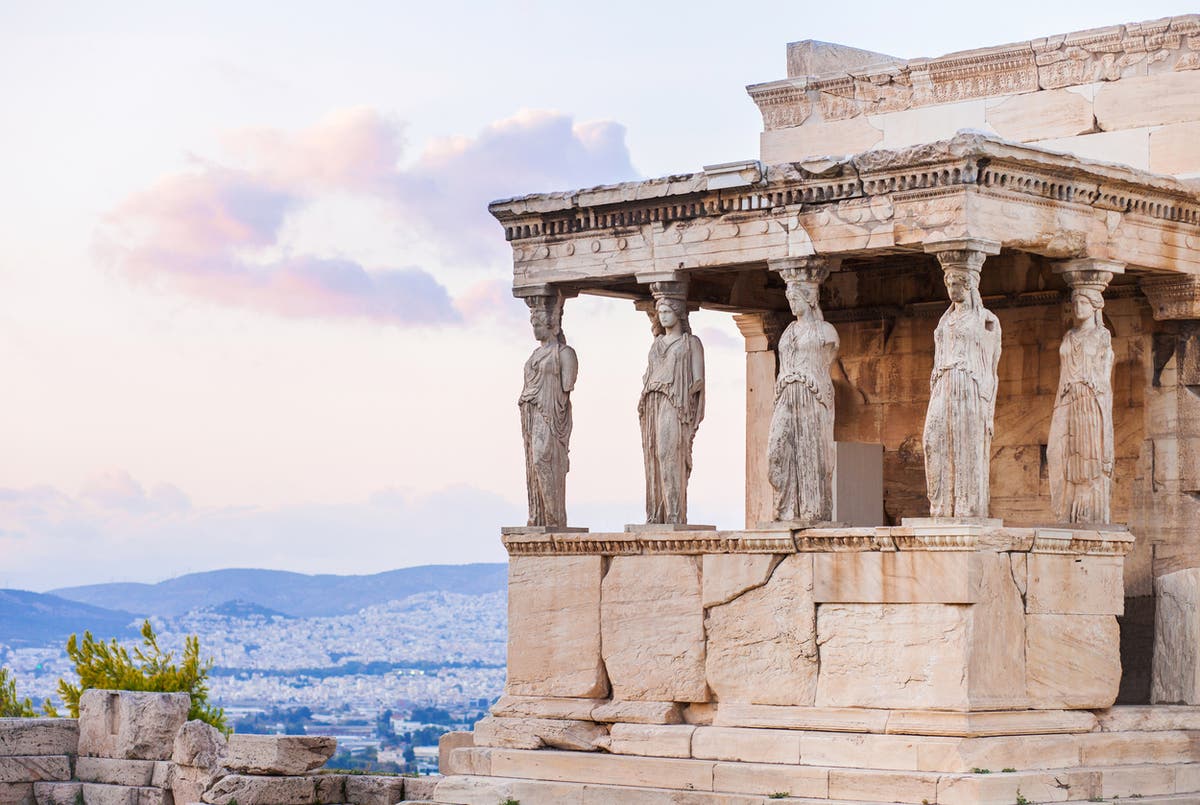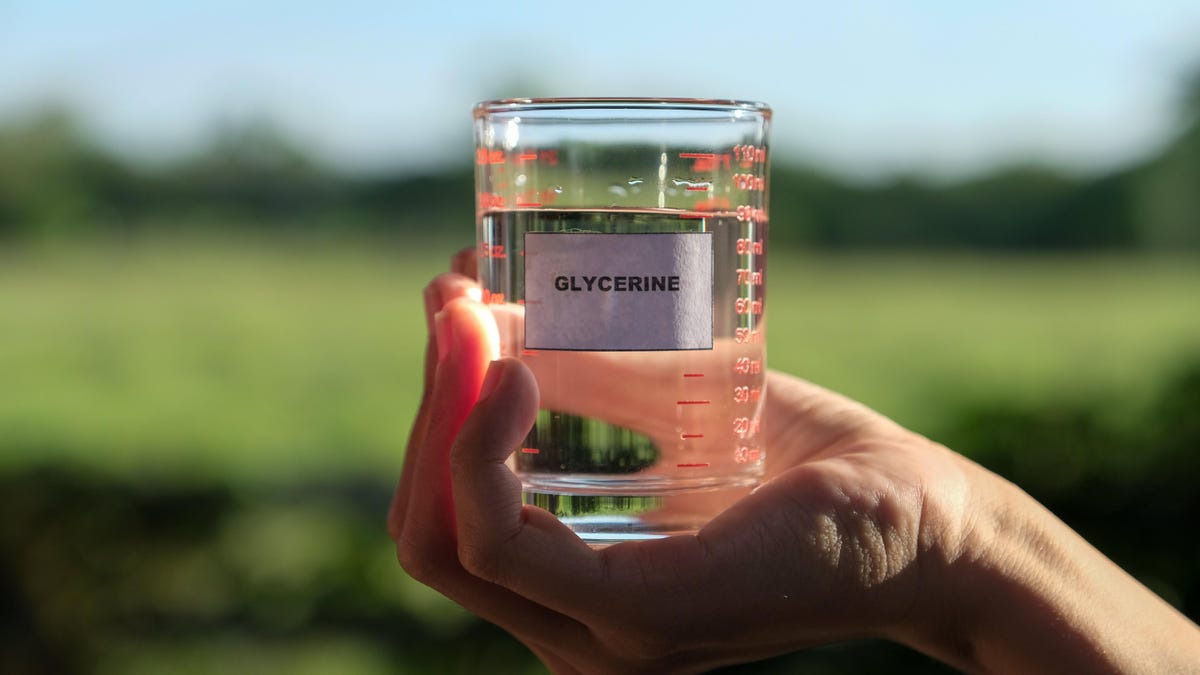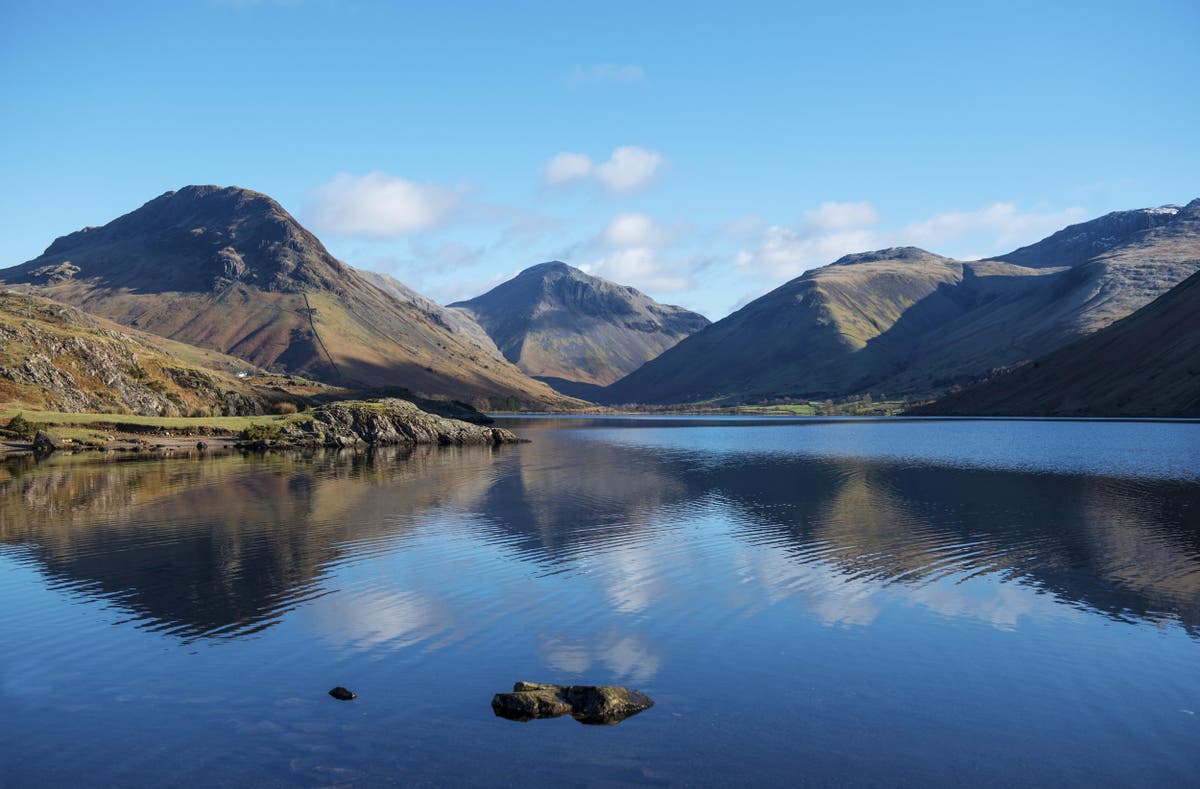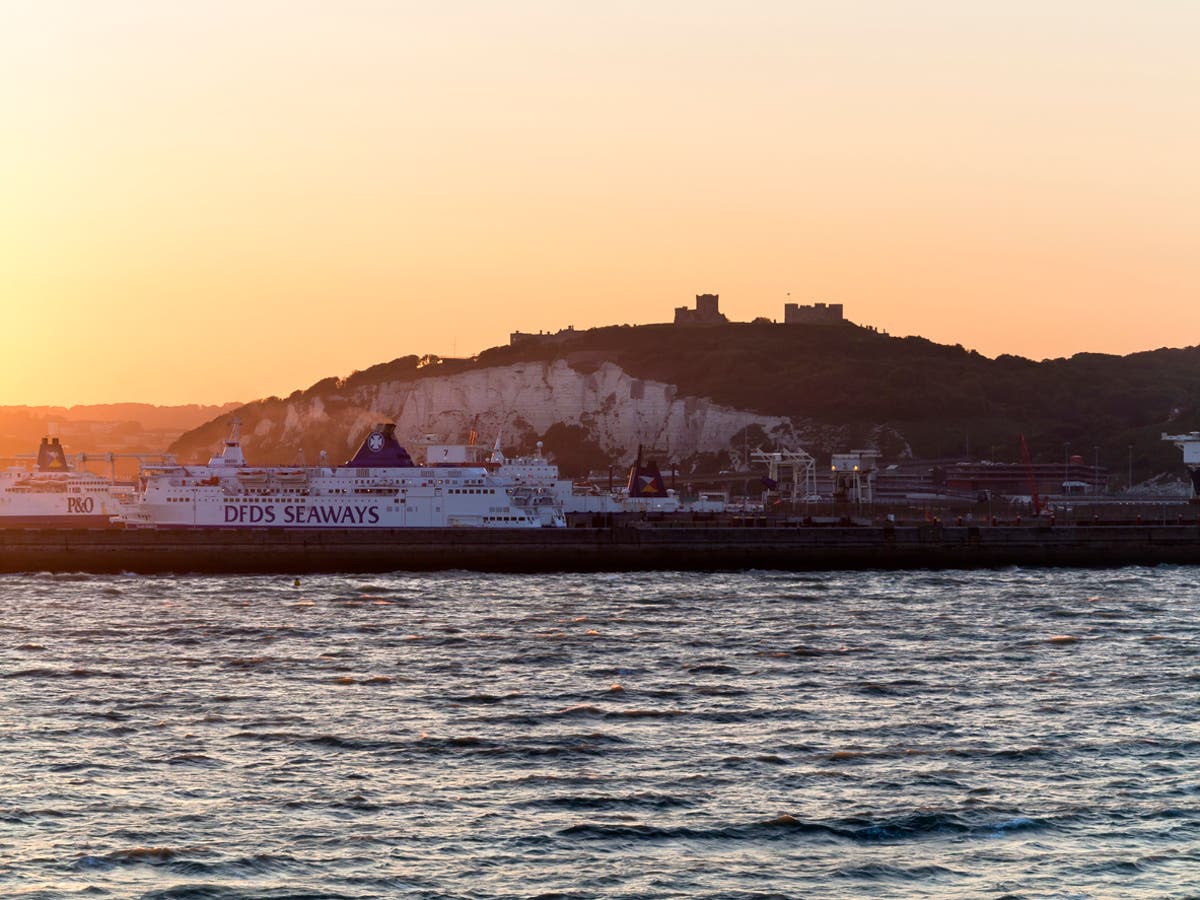Journey through Trogir, Salona and the Klis Fortress
Discover the history-drenched southern coast of Croatia and soak in Game of Thrones backdrops and real-life Roman ruins

Centuries past have seen everyone from the ancient Illyrians, Greeks and Romans to the Byzantines, Venetians and Ottomans, as well as the Austrians, Hungarians and French, leave their historical mark on Croatia. And if you trace a path in Central Dalmatia, north of Split from Trogir to Klis via Salona, you’ll find many of these fascinating legacies in some of the most captivating sights in the country.
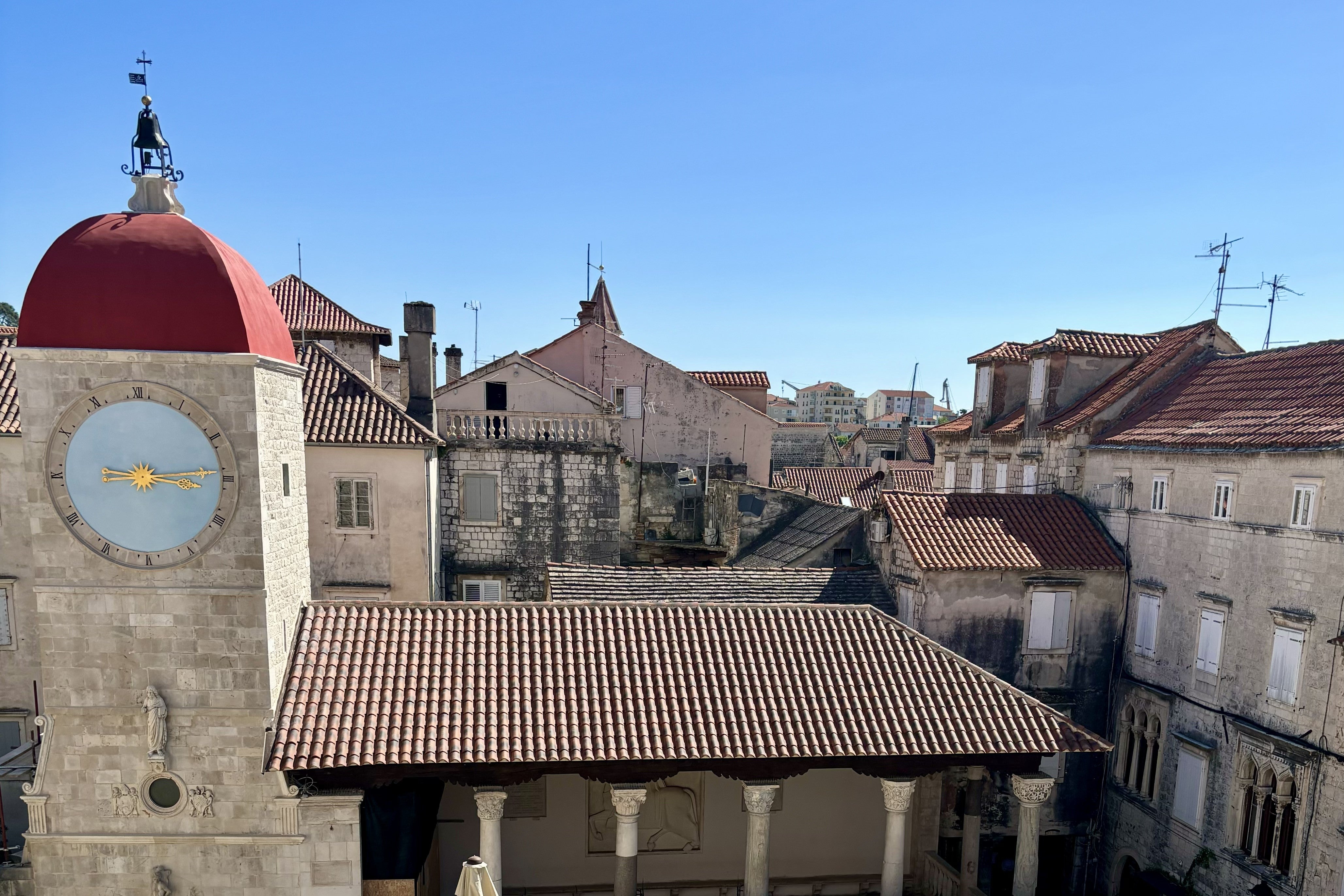
Start in the attractive, historic town of Trogir, which is only a 10-minute drive from Split airport and has rightfully been a Unesco World Heritage Site since 1997. While the newer areas of Trogir are on the mainland, and the island of Čiovo, the medieval old town is on its own little island between the two.
Wander past the excellent outdoor food market, through the 17th century Land Gate and into a maze of narrow marble lanes, lined with medieval and Renaissance stone houses. A couple of minutes later, you’ll enter Trg Ivana Pavla II – Trogir’s delightful, and history-packed, main square. It’s dominated by the magnificent Romanesque St Lawrence’s Cathedral, whose graceful Romanesque, gothic, Venetian and baroque bell tower echoes Trogir’s history – and where a climb to the top will reward you with wonderful views.
The square also features the 15th-century Town Loggia, or meeting place, and its attractive clock tower, as well as the handsome 15th-century Town Hall. This being Croatia, there’s also room for café terraces where you can sit under umbrellas and take a quick break to take in all this beauty. It’s little wonder that Trogir’s symbol is Kairos, the god of the fleeting moment.
Head beyond the remains of the city walls, and wander along the Riva waterfront towards the 15th-century Kamerlengo fortress, built by the Venetians as a defence against the Ottoman Turks. Not only does it offer panoramic views from its stone tower, but it’s also an evocative venue for summertime outdoor concerts.
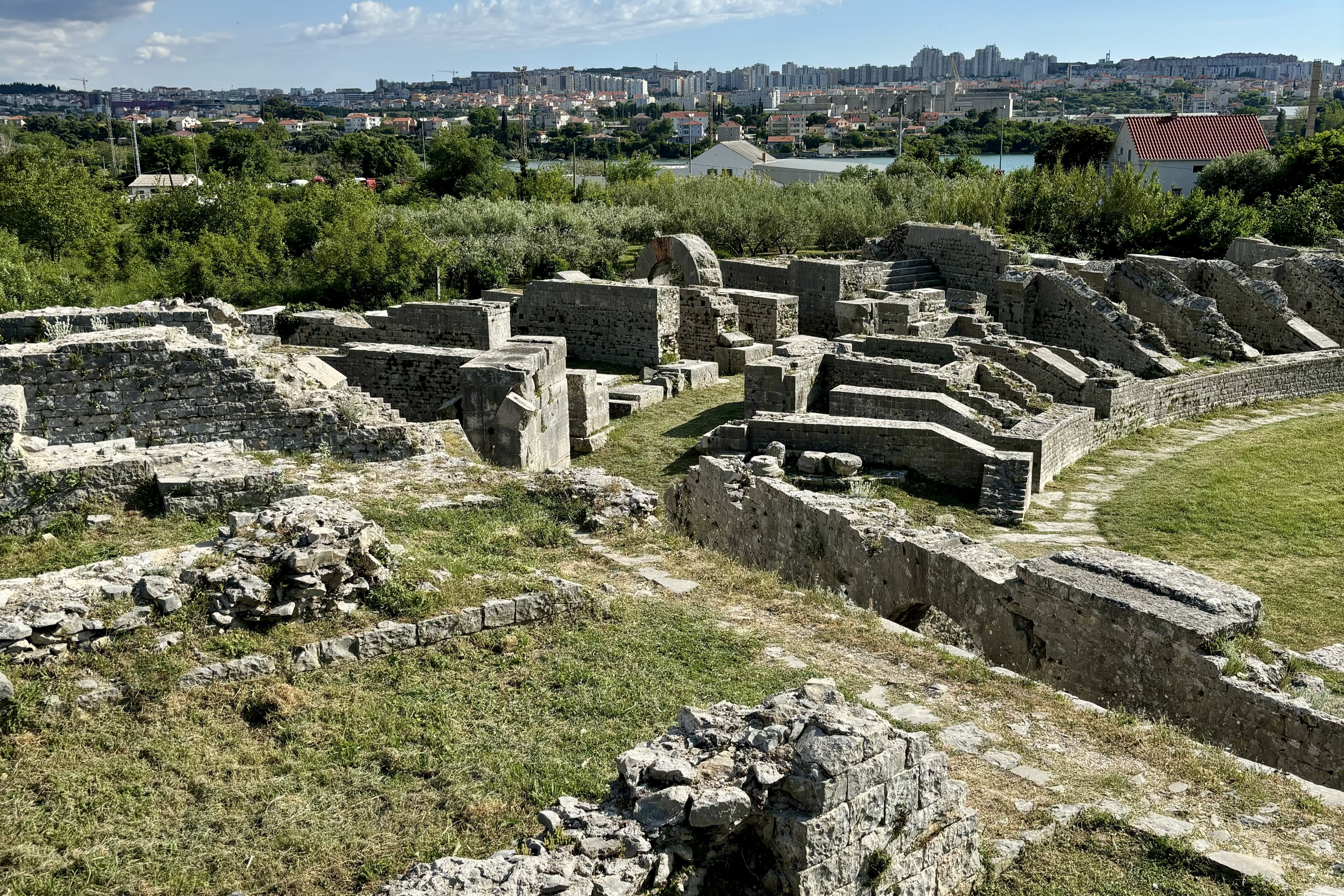
Next stop is Salona, which is further south on the coast, and the probable birthplace of the Roman emperor Diocletian. Set beside the modern suburb of Solin, the ruins of Roman Dalmatia’s capital sprawl across a low hillside overlooking Split. They’re so close, that Salona’s 2nd-century amphitheatre is barely 200m from the motorway. In Salona’s heyday, 60,000 people lived here, and the amphitheatre was big enough to hold 17,000 people. Not surprisingly then, the archaeological park is a huge area, which includes the Manastirine necropolis, ramparts, villas and a 5th-century basilica. There’s also the Tusculum Museum, a 19th-century villa built by the archaeologist Frane Bulić as a base for the excavation work. The work is still ongoing – only about 15 per cent of the site has been excavated so far.
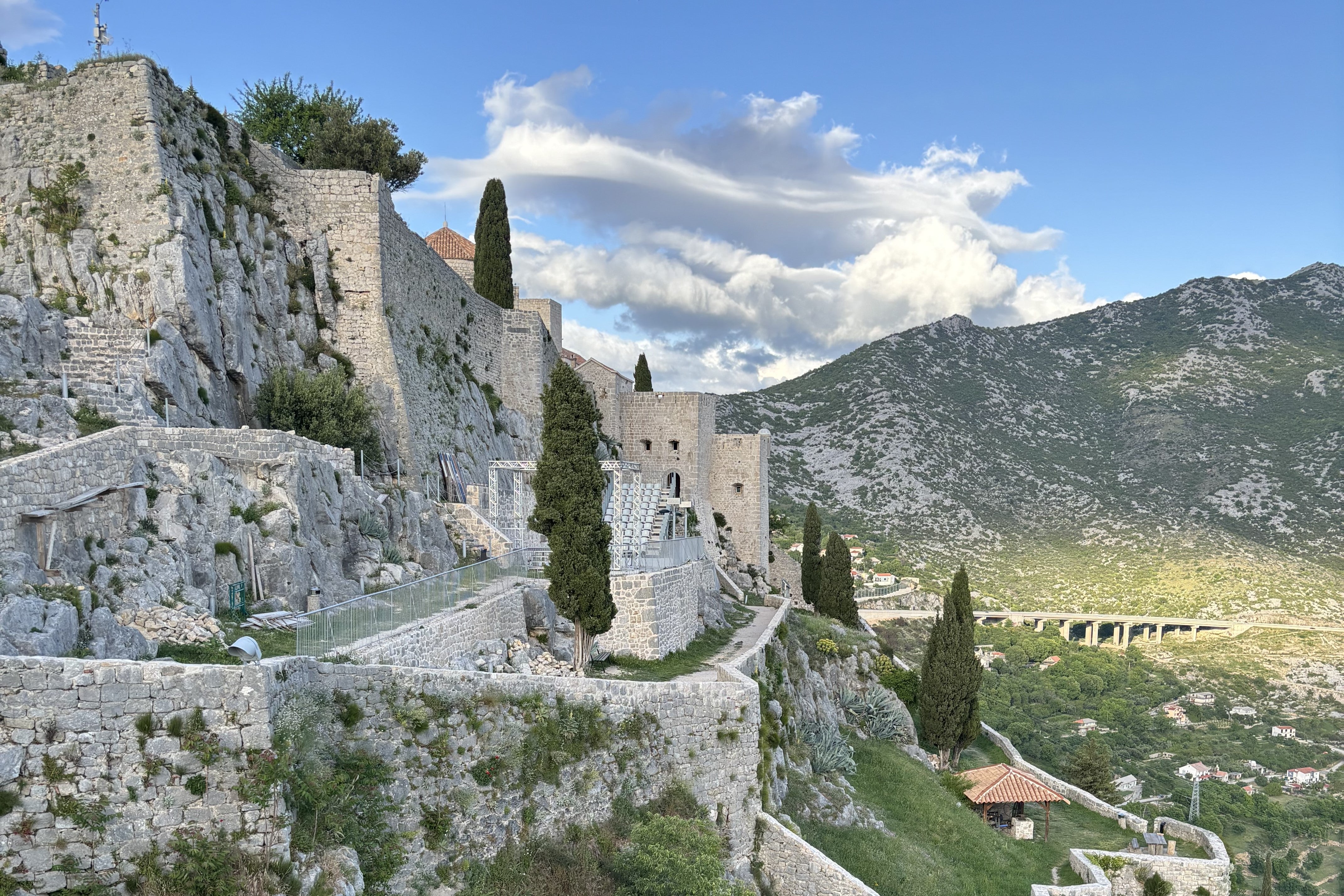
About 8km east of Salona is the final stop of Klis Fortress. Any Game of Thrones fans will know this imposing fortress built into the cliffs as the stand-in for the city of Meereen, but it’s witnessed enough dramas of its own over the centuries. Here in some form or another since the days of the ancient Illyrians, it was home to Croatia’s medieval kings, and in the 16th century, during Venice’s rule, it was taken over by the Ottoman Turks. Take some time to walk along its cobbled paths through gateways and past stone battlements, soaking up the views of Split and the Adriatic below. A small museum displays artefacts of the fortress’s tumultuous history, while picnic tables below invite visitors to stop for a while and take in these impressive sights in peace.
Want to follow in the footsteps of our Croatia travel expert? You can discover more about Central Dalmatia and start planning your trip here

 Hollif
Hollif 








